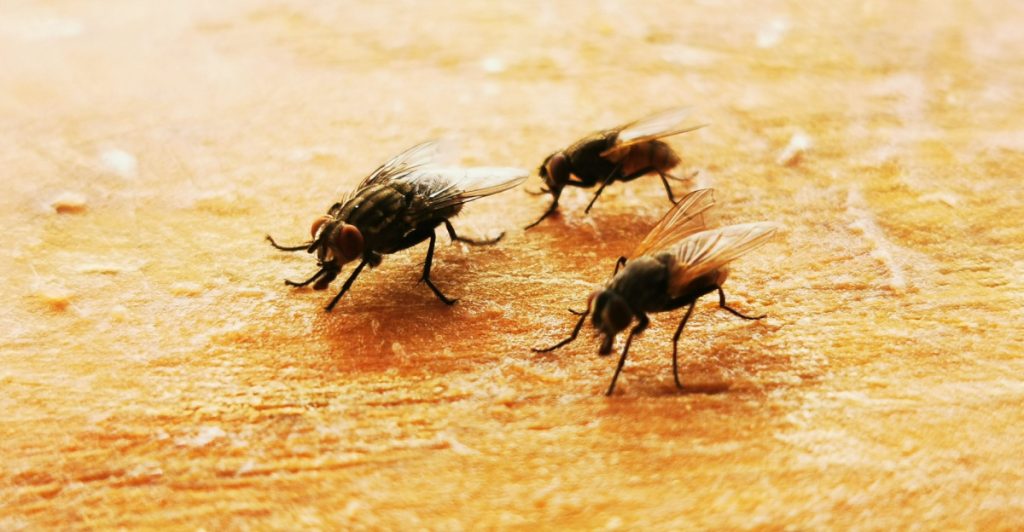The U.S. is preparing an unusual airborne campaign involving billions of flies. The goal: to stop a fast-spreading livestock threat—before it crosses the border.
Others are reading now
The U.S. is preparing an unusual airborne campaign involving billions of flies. The goal: to stop a fast-spreading livestock threat—before it crosses the border.
A Scientific Airstrike to Save Livestock
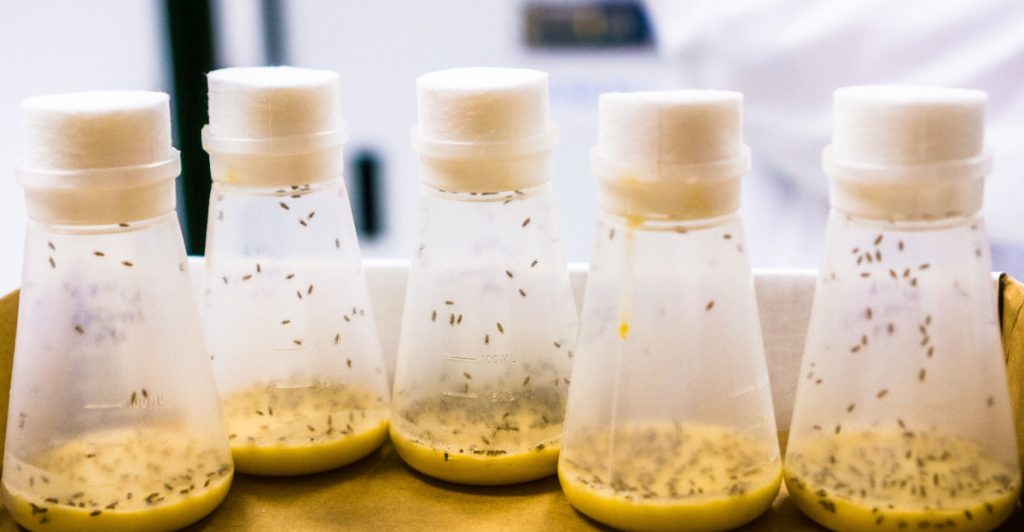
To counter a devastating livestock parasite, the U.S. Department of Agriculture plans to drop billions of sterilized male flies over affected areas in Mexico and Texas. The measure comes after a temporary border closure in May due to the pest’s impact on cattle, horses, and bison.
Targeting a Flesh-Eating Larva
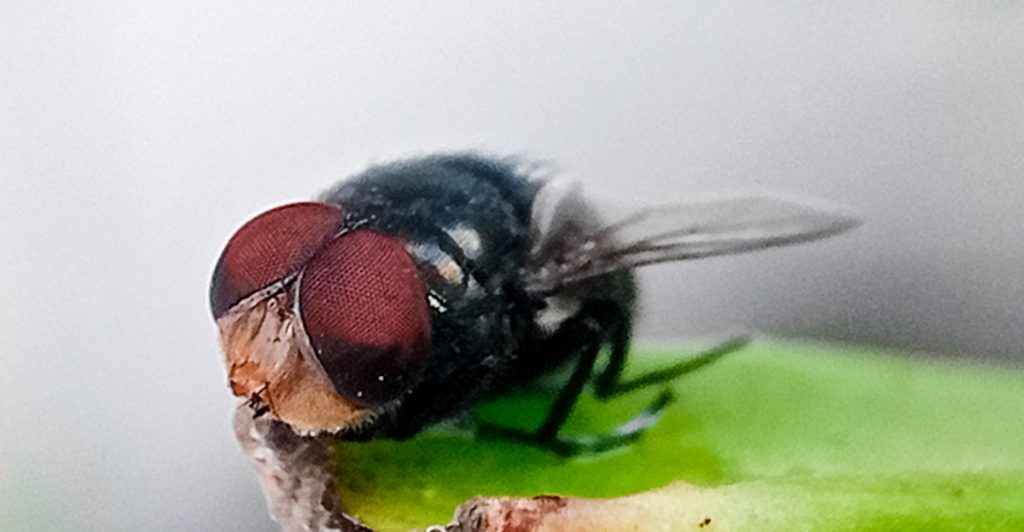
The pest at the heart of the crisis is the New World screwworm, a fly whose larvae feed on the living tissue of warm-blooded animals. Unlike common maggots that consume dead matter, these larvae burrow into live flesh, causing severe injuries and death in livestock—and even affecting humans.
How the Sterile Insect Technique Works

The plan involves breeding male screwworm flies, sterilizing them with radiation, and releasing them from aircraft. When these sterile males mate with wild females, no viable offspring are produced. Over time, the population collapses, offering a targeted, pesticide-free solution.
Also read
A Proven Strategy from the Past
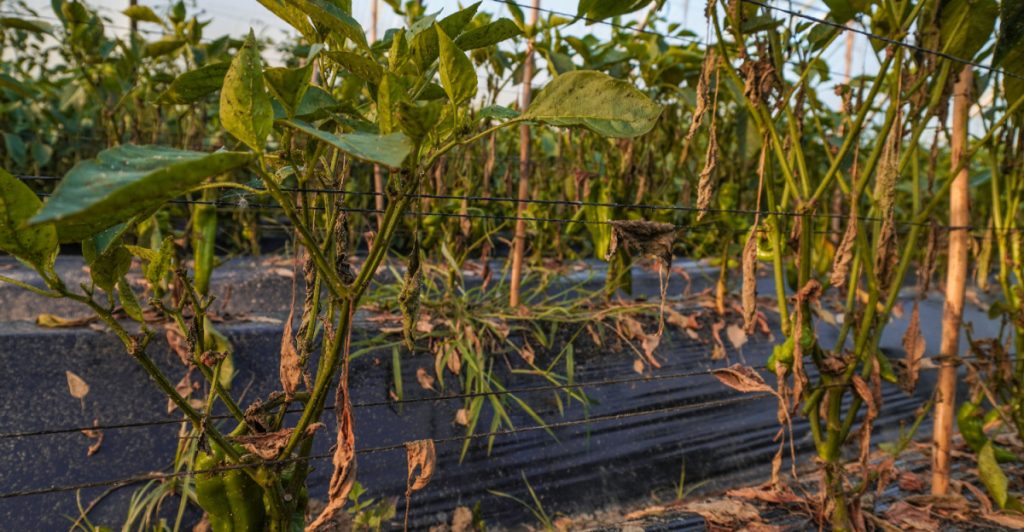
This is not the first time the method has been used. The U.S. and Mexico eradicated the screwworm in the 1960s and 70s using the same technique. Scientists and agricultural officials view this current effort as a revival of one of the most successful pest control campaigns in history.
Ecological and Economic Stakes
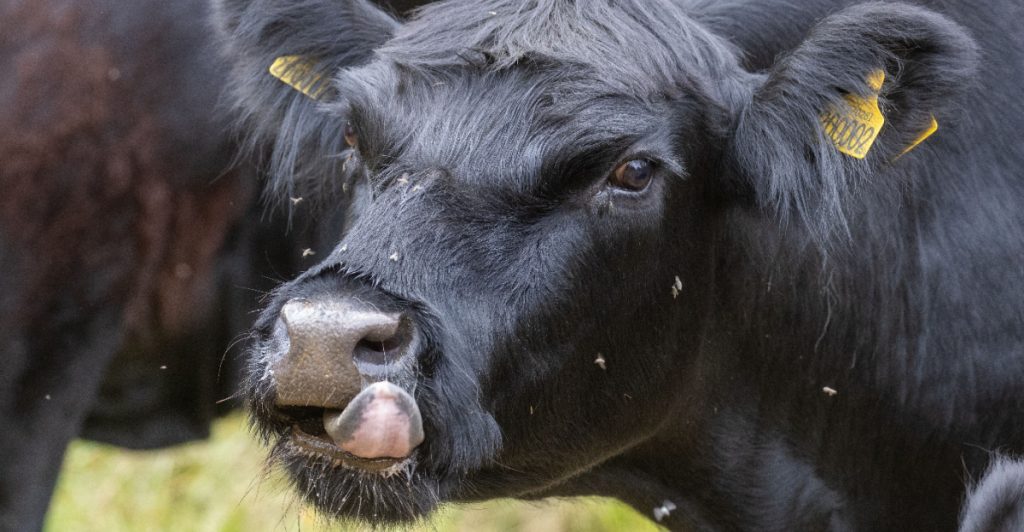
The parasite severely impacts the livestock industry by causing injuries, reducing milk and meat output, and increasing mortality. The International Atomic Energy Agency supports the U.S. strategy, noting its effectiveness and environmental advantages over chemical fumigation.
New Fly Factory and Distribution Center

To support the operation, the USDA is building a new fly production facility set to open in July 2026. A distribution center in southern Texas is also planned for later this year, enabling faster deployment of sterile flies, including emergency imports from Panama if needed.
A Resurfacing Threat
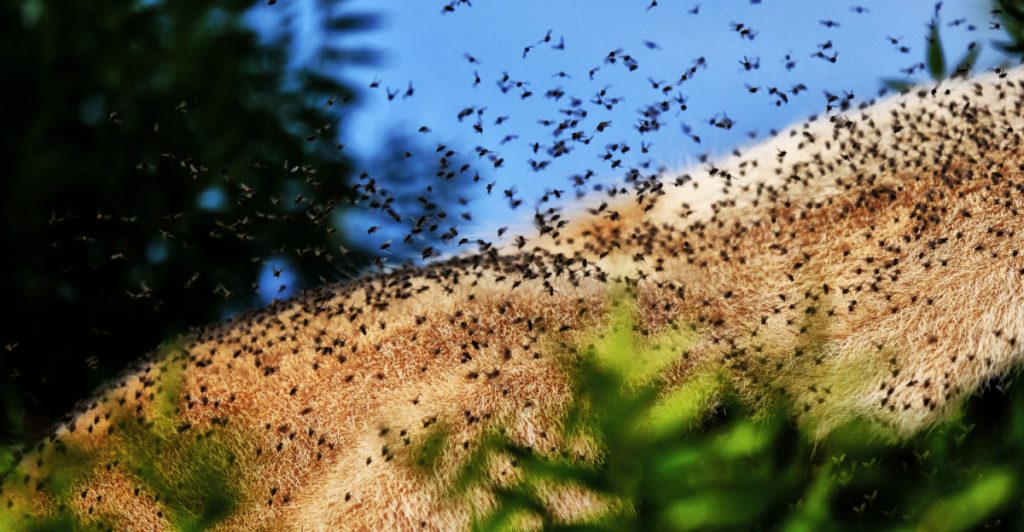
The screwworm had been eradicated north of Panama for decades, but its recent reappearance in southern Mexico triggered urgent action. Experts warn that even long-defeated pests can return unexpectedly—and that sustained vigilance and scientific solutions remain critical.

